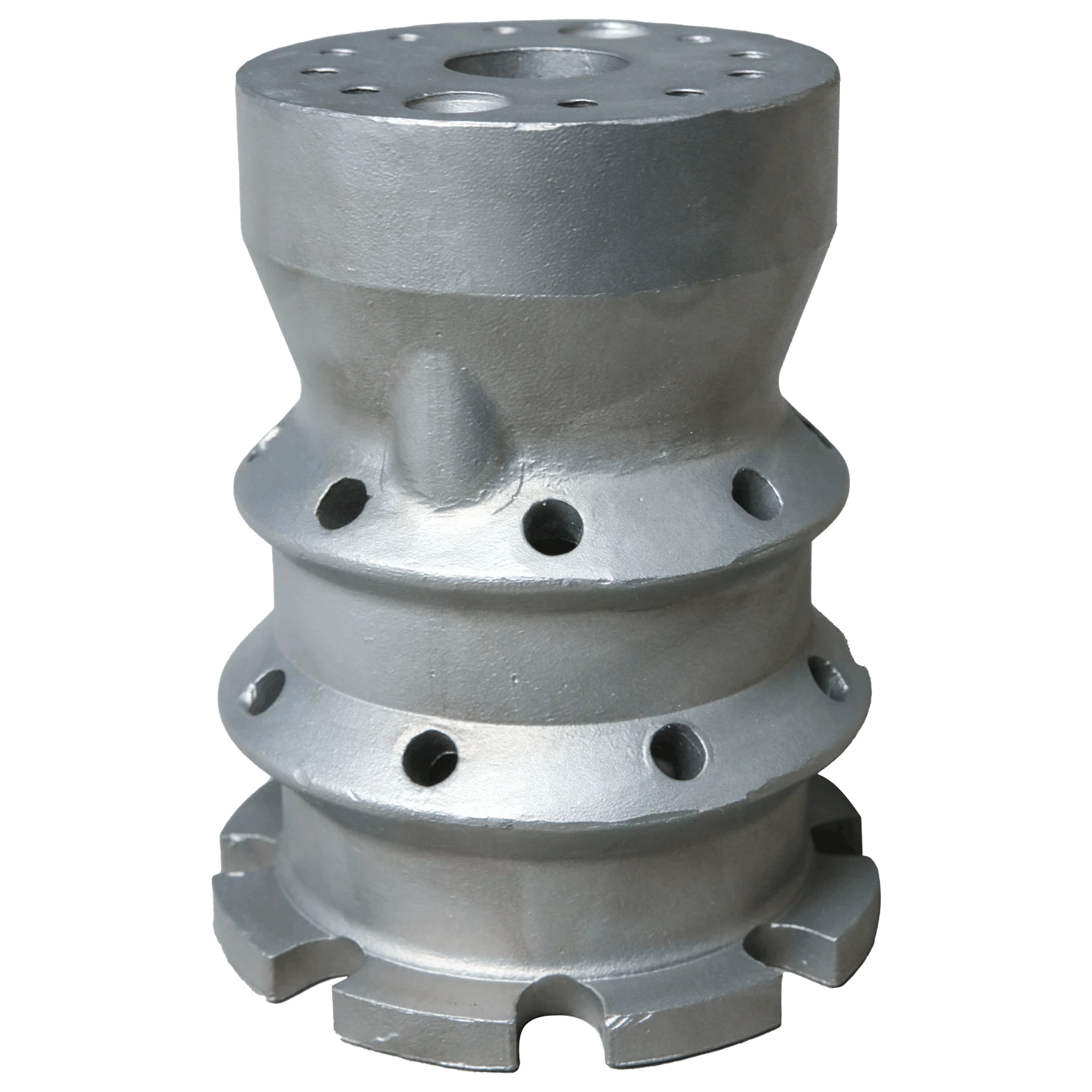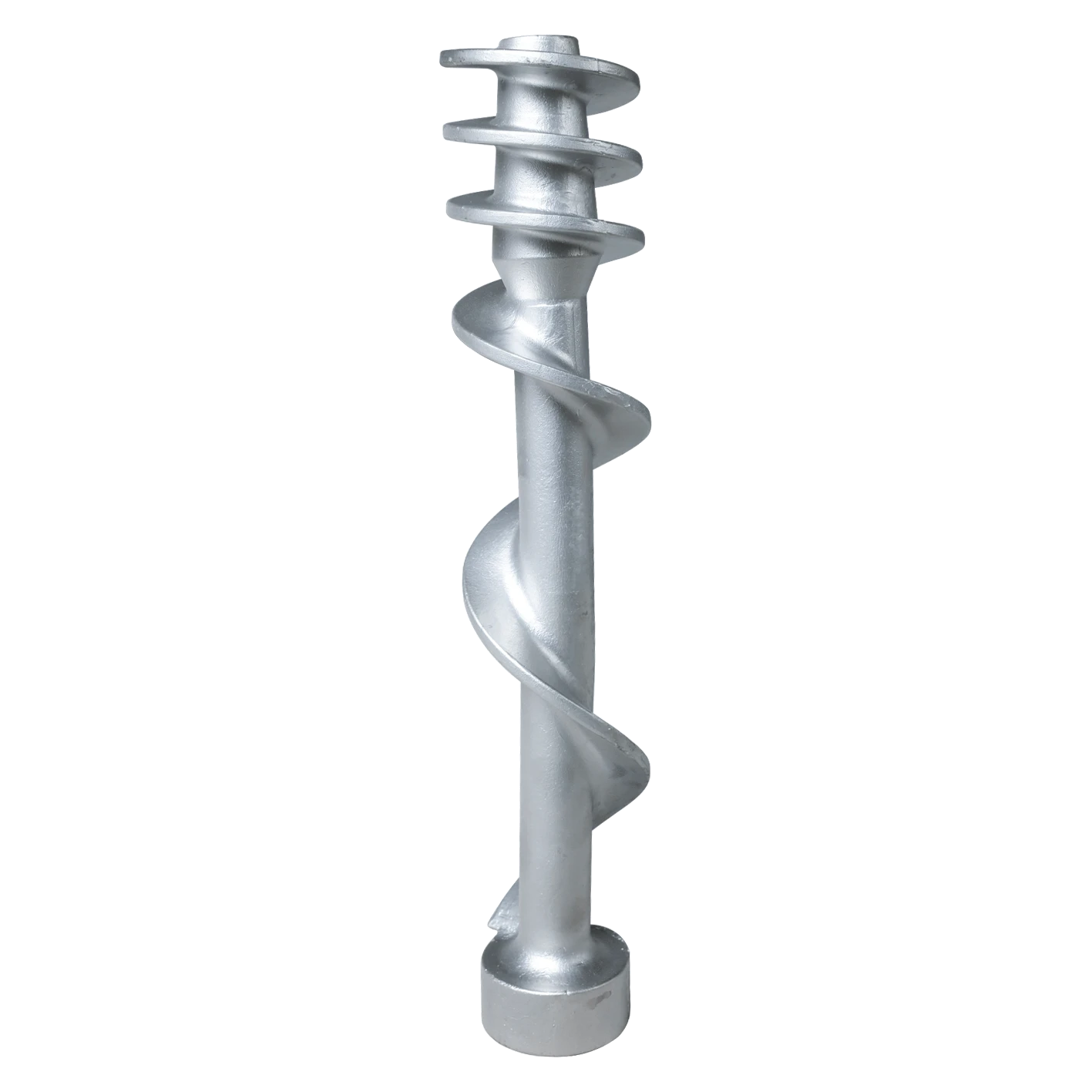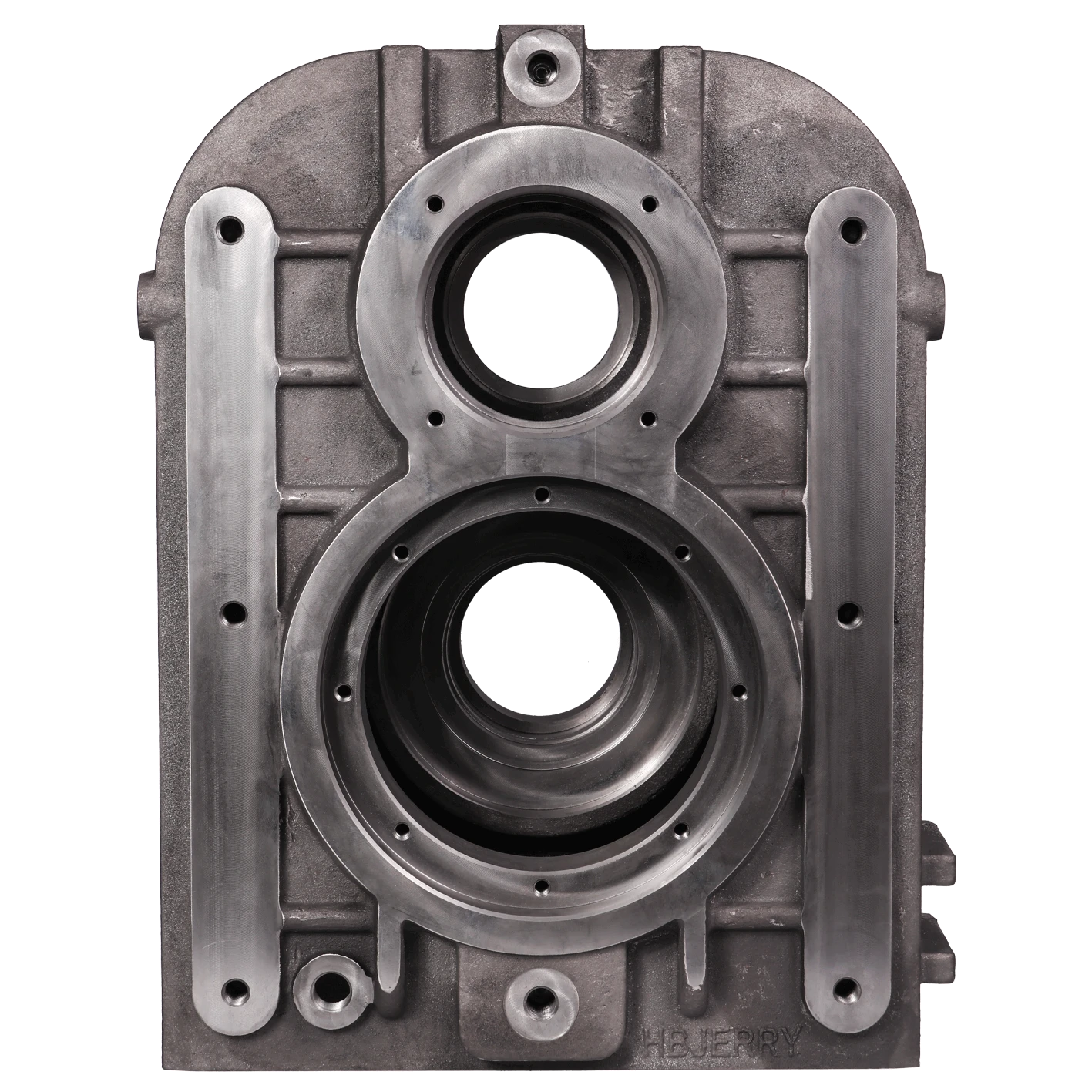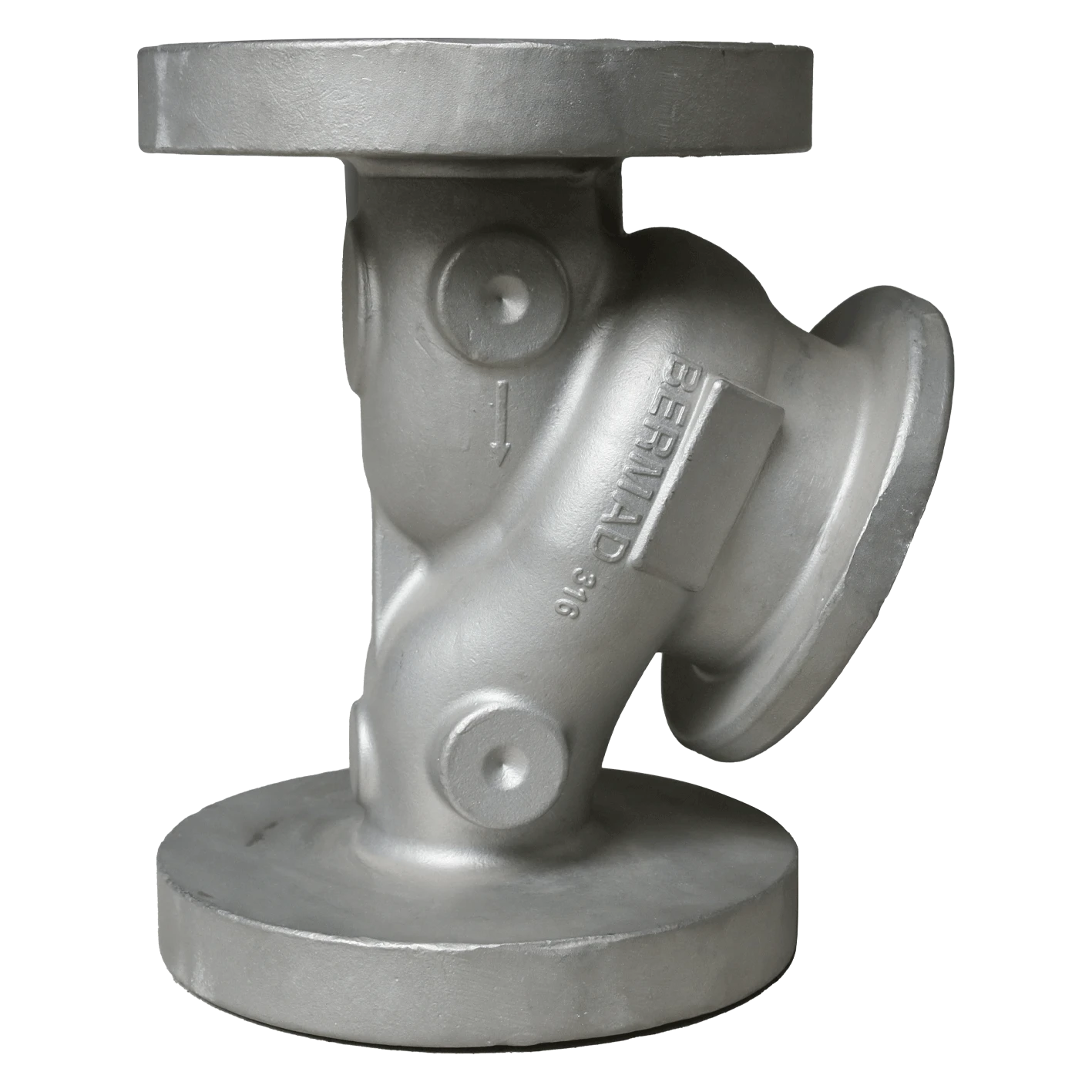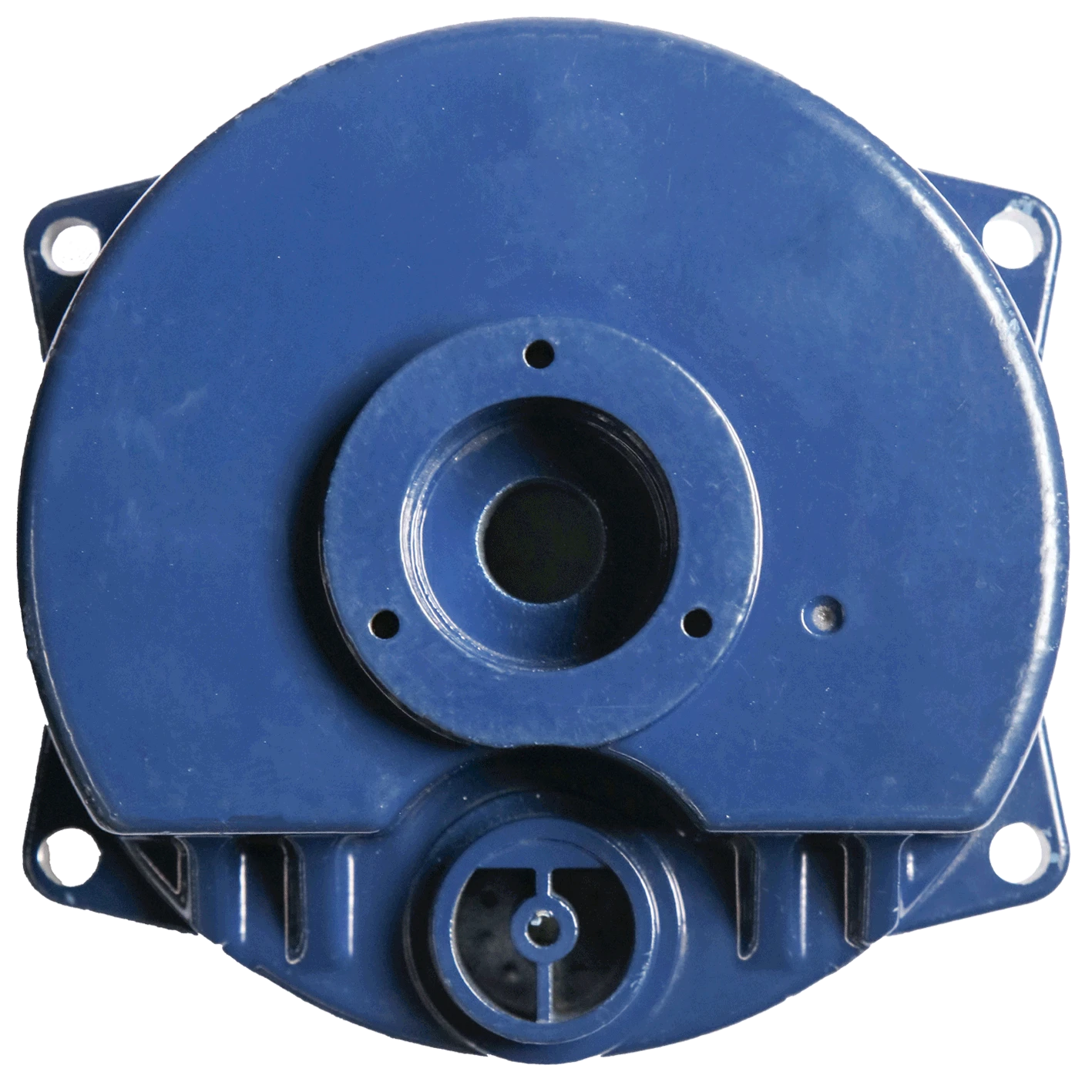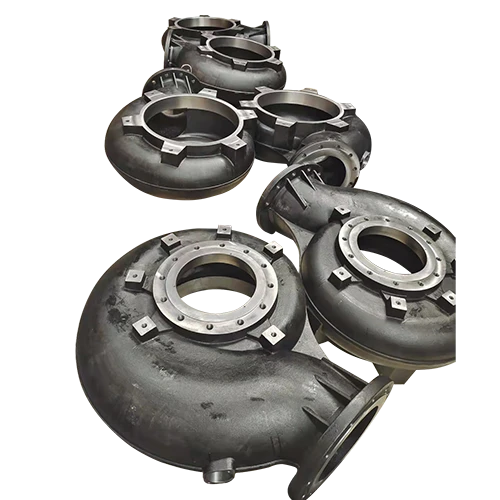Mobile:+86-311-808-126-83
Email:info@ydcastings.com
Exploring Essential Components: The Role of Pipe Caps, Impellers, and Connectors in Pump Systems
In the intricate world of pump systems, where fluid dynamics and precision engineering intersect, a myriad of components work together to ensure seamless operation and optimal performance. From pipe caps and impellers to connectors and plugs, each element plays a crucial role in maintaining system integrity and facilitating fluid transfer. Let's delve into the significance of these components and their diverse applications in pump systems.
Pipe Caps and End Plugs: Safeguarding Pump Systems
Pipe caps and end plugs serve as protective covers for pipe ends, preventing the ingress of contaminants and maintaining system integrity. Whether it's sealing unused pipe ends or providing access for maintenance and inspection, these components play a vital role in safeguarding pump systems against leaks and contamination. With their precise threading and secure fit, pipe caps and end plugs ensure the reliability and longevity of pump installations.
Impeller Types: Driving Fluid Dynamics
Impellers are the driving force behind many pump systems, generating fluid flow and pressure through their rotation. Different impeller types, such as centrifugal impellers, axial impellers, and mixed-flow impellers, offer unique characteristics suited to specific applications. Centrifugal impellers, for example, utilize centrifugal force to propel fluids outward, making them ideal for high-flow, low-pressure applications. Understanding the strengths and limitations of various impeller types is essential for optimizing pump performance and efficiency.
Bulkhead Connectors and Hose Caps: Facilitating Fluid Transfer
Bulkhead connectors and hose caps play a crucial role in facilitating fluid transfer and system integration in pump installations. Bulkhead connectors provide a secure and leak-proof connection between different sections of piping, allowing fluids to flow seamlessly through pump systems. Hose caps, on the other hand, seal off hose ends when not in use, preventing leaks and contamination. Together, these components ensure efficient fluid transfer and system reliability.
1/2 Romex Connector: Ensuring Electrical Safety
In pump systems that incorporate electrical components, such as motors and control panels, safety is paramount. 1/2 Romex connectors provide a secure and insulated connection for electrical wiring, protecting against electrical hazards and ensuring reliable operation. These connectors are designed to withstand the rigors of industrial environments, providing a safe and dependable solution for electrical installations in pump systems.
Closing Caps and Cap Plugs: Versatile Solutions for Pump Components
Closing caps and cap plugs offer versatile solutions for sealing off various pump components, such as ports, valves, and fittings. Whether it's closing unused openings in pump casings or temporarily sealing off access points during maintenance, these components provide flexibility and convenience. With their threaded designs and durable materials, closing caps and cap plugs ensure tight seals and prevent fluid leakage in pump systems.
The Centrifugal Impeller: Powering Pump Performance
Among the various impeller types, the centrifugal impeller stands out as one of the most widely used and versatile options in pump systems. With its ability to efficiently convert rotational energy into fluid flow, the centrifugal impeller drives the performance of centrifugal pumps across a wide range of applications. Whether it's moving water, chemicals, or slurries, centrifugal impellers deliver reliable performance and consistent fluid transfer in diverse pump installations.
Conclusion: Enhancing Pump Systems with Essential Components
In conclusion, pipe caps, impellers, connectors, and plugs are essential components that contribute to the efficiency, reliability, and safety of pump systems. From sealing pipe ends to driving fluid dynamics and ensuring electrical safety, these components play diverse and critical roles in pump installations across industries. By understanding the functions and applications of these components, pump engineers and operators can optimize system performance, minimize downtime, and ensure the longevity of their pump installations with confidence and precision.
-
Why Should You Invest in Superior Pump Castings for Your Equipment?NewsJun.09,2025
-
Unlock Performance Potential with Stainless Impellers and Aluminum End CapsNewsJun.09,2025
-
Revolutionize Your Machinery with Superior Cast Iron and Aluminum ComponentsNewsJun.09,2025
-
Revolutionize Fluid Dynamics with Premium Pump ComponentsNewsJun.09,2025
-
Optimizing Industrial Systems with Essential Valve ComponentsNewsJun.09,2025
-
Elevate Grid Efficiency with High-Precision Power CastingsNewsJun.09,2025

